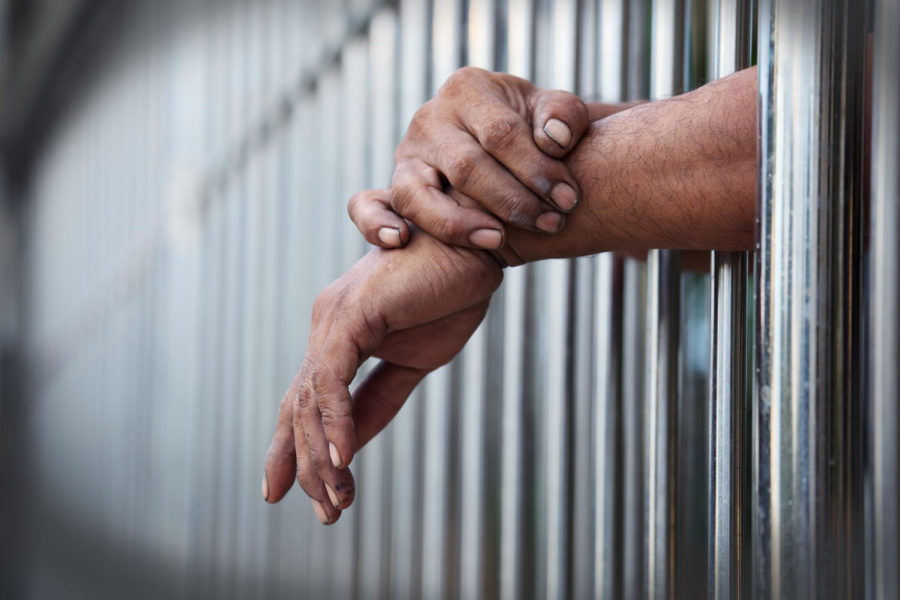Beiwel: Patch the path out of prison
prison
January 8, 2017
America’s prisons are crowded. A press release from the Bureau of Justice Statistics reported that at year-end 2015, more than 2 million people were either “under the jurisdiction of state or federal prisons or in the custody of local jails in the United States.”
This number greatly affects taxpayers, who have to pay up to $31,000 for each incarcerated inmate.
Overcrowding is also damaging to the inmates. Studies have suggested that overcrowding can lead to increased prisoner misconduct and may cause lifelong psychological harm to those in prison or jail even after their release.
Perhaps the most frightening fact, however, is that overcrowding can lead to recidivism, which is re-offending often after a criminal has been punished or sanctioned for their previous act. While this cannot be definitively stated without entering into “correlation equals causation” territory, it stands to reason that if more people are incarcerated, facilities will have trouble tending to all of their needs in an effective and meaningful way.
“In severely overcrowded facilities, you no longer have the ability to protect inmates from sexual assault and physical abuse, and you’re depriving people of basic services like medical care,” Michael Ruderman, a medical and public health student at Touro University, said. “All these things make the most marginalized, most vulnerable people in society that much more vulnerable.”
I understand that it is perhaps hard for people to feel sympathetic for prison inmates, especially for individuals who have committed the most heinous of crimes. But if the people in prison have their mental or physical issues ignored, these issues will follow them into the outside world if and when they are released.
Even if people are incapable of feeling sympathetic for them, that does not mean that they do not deserve to have a chance. One group that is highly controversial is sex offenders. I understand that it can be hard to care about people who have committed this kind of crime, and that seeing them in a sympathetic light is too much for some.
I understand it’s hard to want the best for these people, but I maintain that programs must be put in place in order to assist them in their transition from prison to the outside world, both to help them and to prevent them from creating more victims in the future.
The rehabilitation of sex offenders has long been a contentious topic. Some studies have found treatment results to be somewhat indecisive, and this can be disheartening. But evidence suggests that treatment can work for moderate- to high-risk offenders, and that treatment can impact recidivism in a short time period. This may not be as groundbreaking as it could be, but with time, new programs can be developed that are more effective. And even the results now can be considered a success if they prevent any more victims from being created.
While individual attention may be best for prisoners, it cannot be accomplished overnight. We can’t expect a complete overhaul of the prison system in a week, so all we can do is ask that certain programs be implemented that allow people to be as content as possible where they are. If they are treated like people in the prison system, it will be much easier for them to integrate back into daily life.
There are programs in place that allow people to learn real-life skills inside of prison. These include cosmetology, cooking and metal working. They help people move on from their time incarcerated. But more should be done to make sure that people become healthy after their time in jail.







